Izmir is a tourist city that boasts a good reception system. Thanks also to the mild winter climate and the numerous art places rich in history, it is visited by many tourists.
Its main museums include:
- Archaeological Museum
- Ethnographic Museum
- Museum of history and art
- Atatürk Museum
- Agora
- Kadifekale (castle)
- Maritime Museum of İnciraltı
- Museum of art and sculpture
- Selçuk Yaşar Art Museum
- Ahmet Priştina City History Museum
- Smyrna Trade History Museum
- Latife Hanım House Museum
- Mansion of Uşakizade
- Izmir Railway Museum
In addition to the museums, noteworthy are the agora rebuilt by Marcus Aurelius, the church of San Policarpo, the covered market (Kemeraltı), full of mosques and synagogues, and a great variety of parks. In the surroundings, there are several ancient city centers, some very well known, including Ephesus, Laodicea, Filadelfia, Sardi, Tiatira, and Pergamum which together with Smyrna form the seven Churches mentioned by St. John in the book of Revelation.
Between June and July, the city hosts an international art festival and, at the beginning of each September, the Smyrna International Fair.
A modern metro line runs through the city from southwest to northeast.
Izmir is more advanced than the Turkish average in terms of freedom, quality of life, and gender equality.
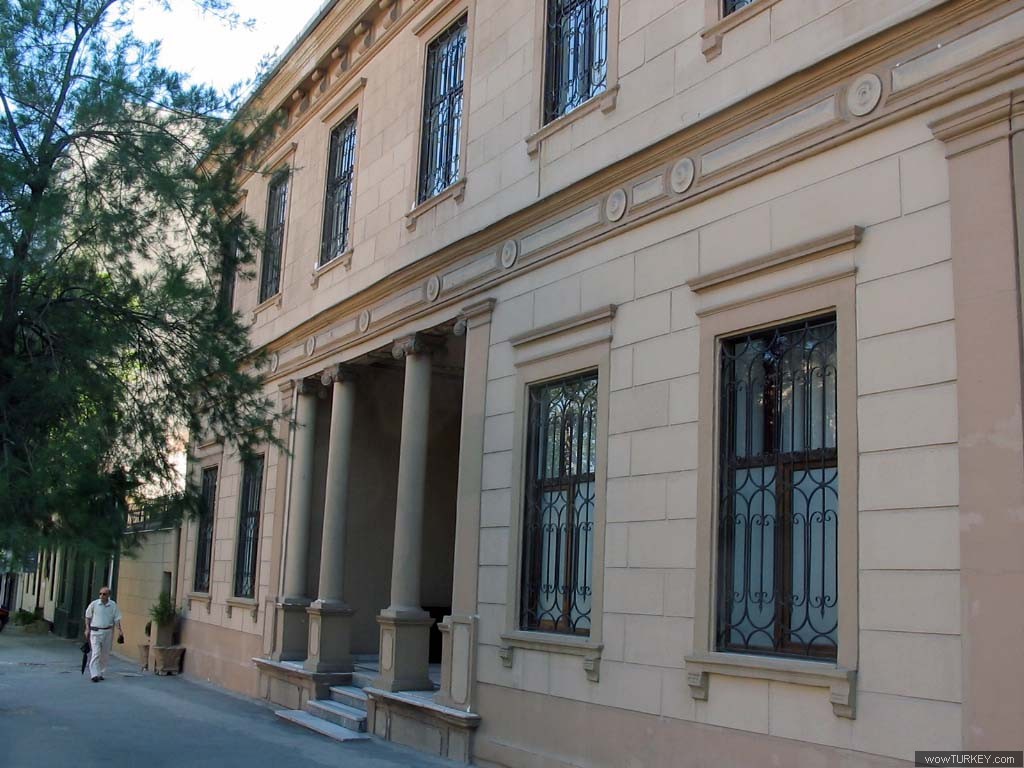
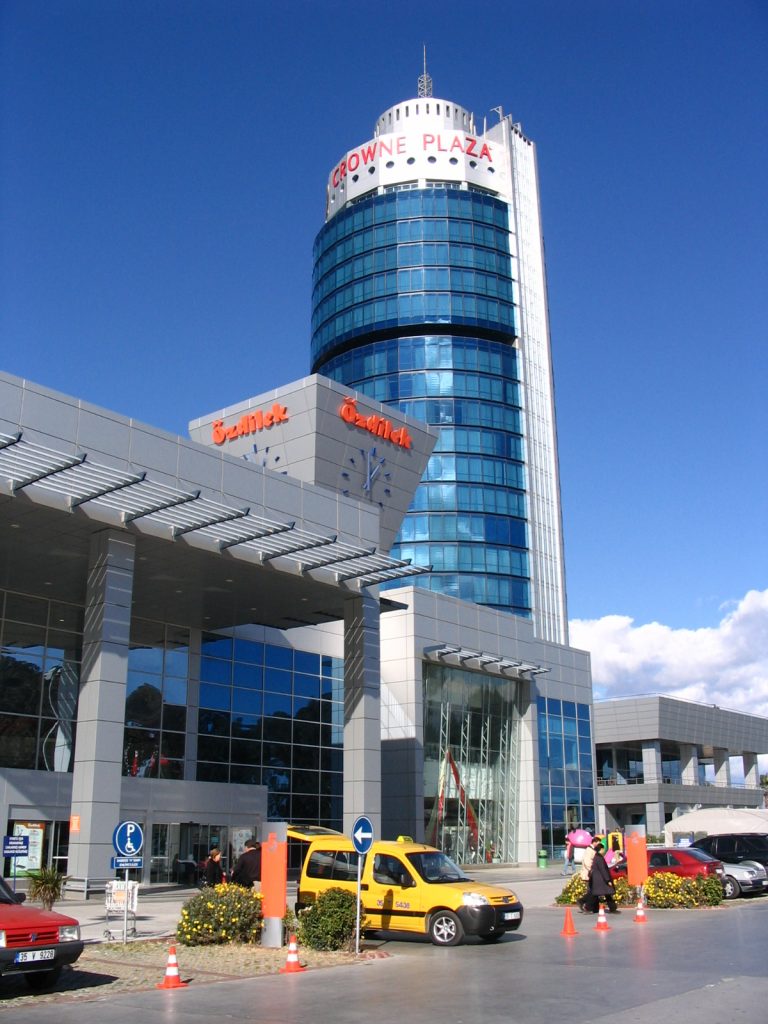
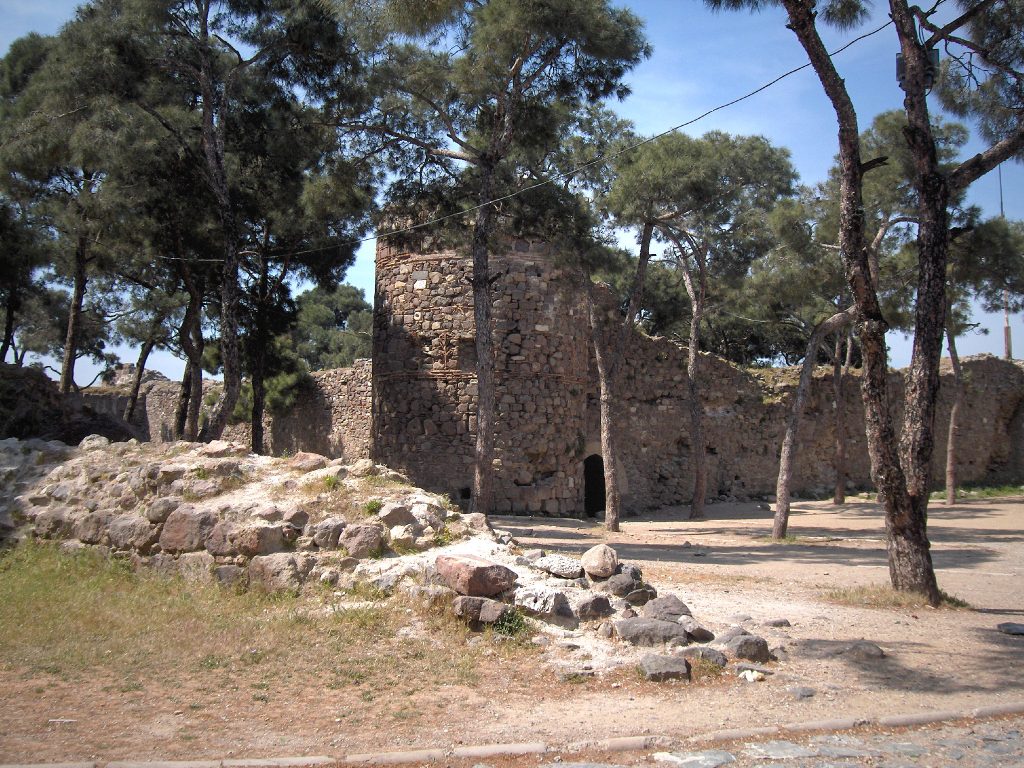
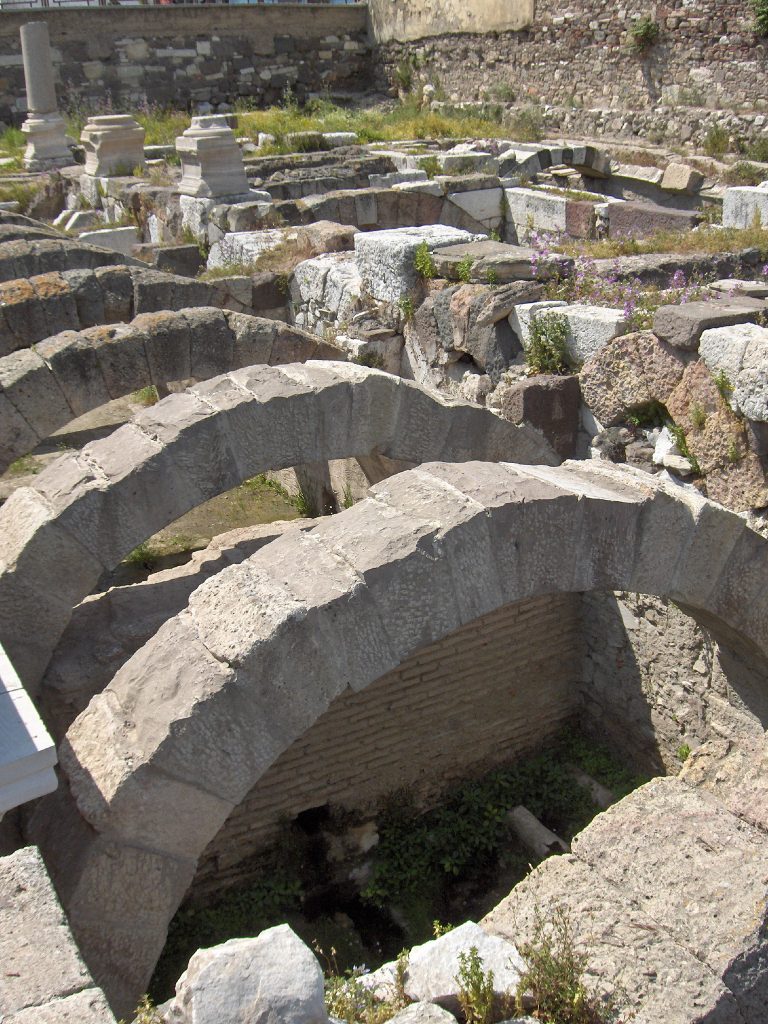
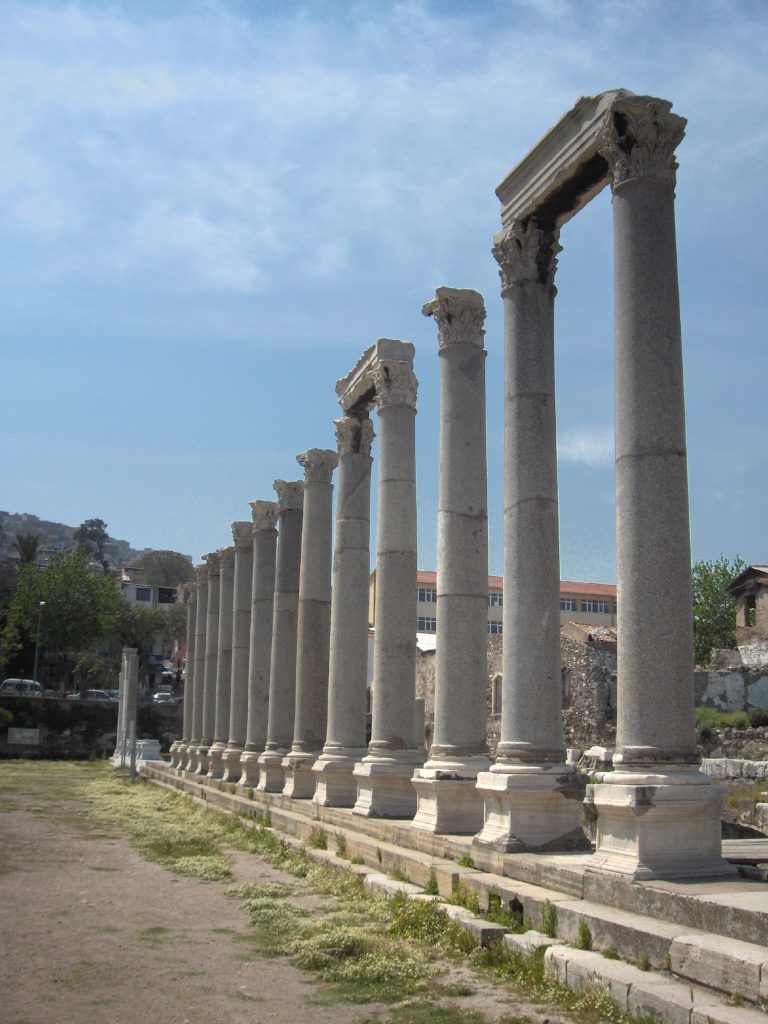
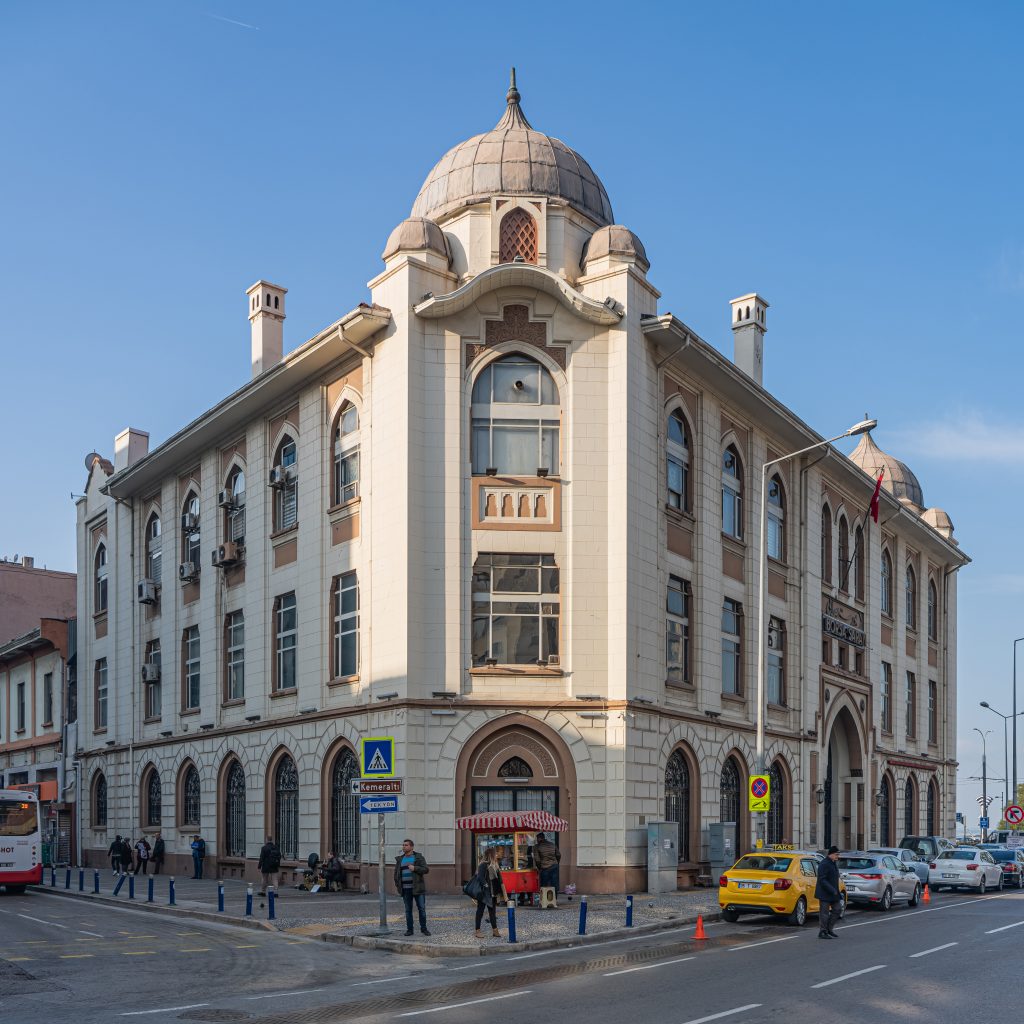
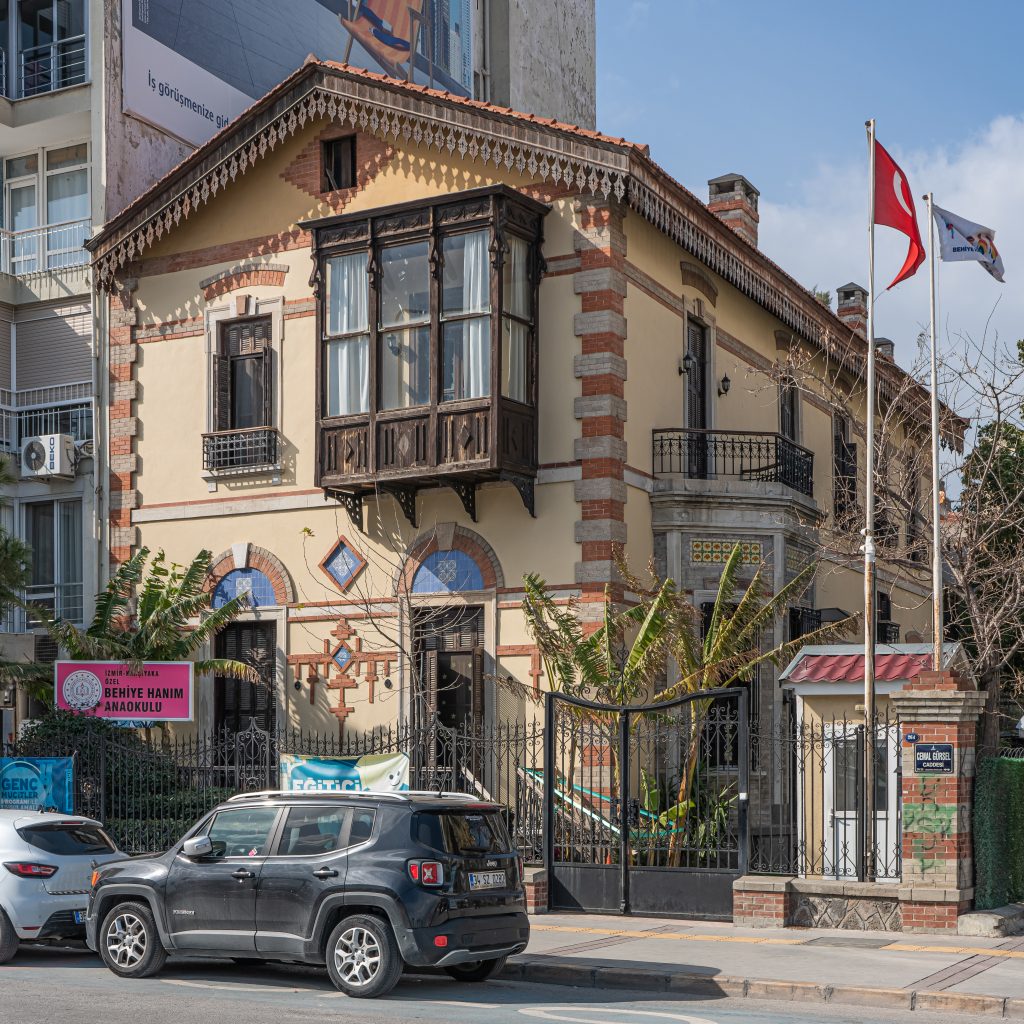
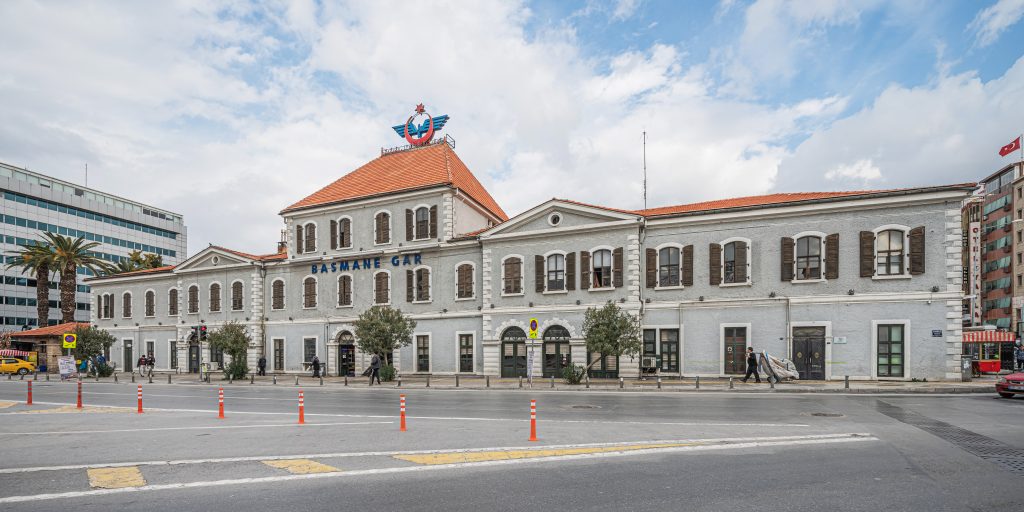
Useful info
Smyrna (in Turkish İzmir; in modern Greek Σμύρνη, Smýrni, in ancient Greek Σμύρνη, Smýrne, or Σμύρνα, Smýrna) is a city of more than 4 200 000 inhabitants (2017) in central-western Turkey, the third-largest in the country by the number of inhabitants after Istanbul and Ankara.
It is a large and efficient port located on the homonymous gulf, in the Aegean Sea, and an important industrial and communications center, as well as a major cultural center.
Konak forms the historic center of the city.
Etymology
The name “Smyrna” means “myrrh”, therefore it refers to the presence of this shrub in the area where the city was founded.
Izmir is the Turkish name, made official only in 1930, and in recent decades it has also spread abroad. It probably arises from the corruption of the name plus the prefix Is- and the change of the S into Z as happened for Constantinople (now Istanbul) and Nicaea (now Iznik). In Greek and other languages, the name Smyrna (or Smyrni) has remained consolidated in the lexicon in place of the more recent Turkish name.
Climate
Izmir is characterized by hot summers and mild, rainy winters. Precipitation throughout the year is 706 mm; concentrated for 77% (543 mm) from November to March. The maximum temperatures in winter are on average between 12 and 14 ° C. The summer months (between June and September) have an average temperature of over 28 ° C.
History
The first human settlement in Smyrna can be traced back to the third millennium BC. Its development is thought to have coincided with that of Troy. Around 1500 BC it was occupied by the Hittites, but with the fall of Troy and the capital Ḫattuša the Hittite empire went into crisis.
In the eighth century BC, having passed under the control of Miletus, Smyrna founded several colonies in Lebanon, Syria, Greece, and along the shores of the Black Sea, which made it no longer a small village, but a lively and rich commercial city. In 699 it became part of the Ionian League, after having formed a dodecapolis together with other aeolian cities based at the Sanctuary of Apollo in Grineo. In 688 it was conquered by the Ionians of Colofone. It, therefore, ceased to be under the influence of Cuma, a city dedicated to the cultivation of vines and the cult of Dionysus, attested by the minting of the single-handled glass in the coins that circulated starting from 320 BC.
Its prosperity attracted the interest of the Persians, who occupied it, thus causing its decay and destruction. Refounded by Alexander the Great in 333 BC, it became Roman in 133 BC. and, later, it suffered a disastrous earthquake that devastated it in 178, so the emperor Marcus Aurelius ordered it to be rebuilt.
Under the Byzantine Empire, its development stopped, mainly due to the growth in importance of nearby Ephesus. The resumption of medieval trade (especially that of luxury goods) under the Macedonian emperors (867-1057) made Smyrna important again thanks to its strategic position. But in 1076 it was occupied by the Seljuk Turks and decayed, failing to flourish even after the Comnenian reconquest in 1098.
It was ceded to the Genoese in 1261 and then a small Genoese colony was born. Later it was ceded by them to the Hospitaller Knights (1320-1402) and finally conquered by the Ottoman Turks, who owned it for more than five centuries.
Under the Ottoman rule, the city became an important commercial port, a hub between the caravan routes of Asia and the Mediterranean routes. Its population was a typical model of Ottoman society, multi-ethnic, multi-denominational, and polyglot. The Turks themselves called it gâvur Izmir, the infidel Smyrna, referring to the high percentage of non-Muslims (Greeks, Armenians, Jews, Levantines) residing in the city. According to the Ottoman census of 1893, about half of the city’s population was Muslim and the Greeks constituted the most important minority.
The Treaty of Sèvres (1920), following the Ottoman defeat in the First World War, assigned the administration of Smyrna to Greece. After the 1919 Greek invasion of Asia Minor and the Greek defeat at Dumlupınar, the city was recaptured by the Turkish Republican army commanded by Mustafa Kemal better known as Atatürk (father of the Turks) (1922) and after days of massacres against the Greeks and Armenians, Smyrna was set on fire which destroyed much of the old city. During the fire, amidst devastation and looting, the Christian populations sought, mostly in vain, an escape route by sea, trying to reach the ships of the Entente which were at anchor in the port. Only a few found escape from what W. Churchill called “a hellish orgy”, and found refuge in Greece.
Society
The historic cosmopolitan nature of the city has made Smyrna one of the main strongholds of Kemalism and liberal culture throughout the country. Unlike much of the rest of Turkey, the consumption of alcoholic beverages, in particular Rakı (an aniseed spirit drink, obtained from a distillate based on corn, potatoes, grapes, or plums, flavored with anise and mint), tends to be more widespread in Izmir. The Republican People’s Party is traditionally the most voted party in the city.
The city is home to the second-largest Jewish community in Turkey, after that of Istanbul, and is estimated to have 2,500 members. The community is traditionally concentrated in the Karataş neighborhood. Major figures in the city’s Jewish community include Sabbatai Zevi and Darío Moreno.
Economy
Today Izmir is a commercial center and an important port for the export of agricultural products (wheat, corn, oil, citrus fruits, grapes, figs, tobacco, cotton, skins, etc.). Headquarters of shipbuilding, mechanical, petrochemical, food, and textile industries. It is Turkey’s major export port, while Istanbul is the major import port.

